Understanding Ward Screens
Ward screens, an essential component in medical environments, serve the purpose of providing privacy and partitioning in various healthcare settings. These screens are versatile and come in different materials such as metal, steel, and stainless steel, catering to the diverse needs of clinics, home offices, and hospital wards.
Types and Features of Ward Screens
The variety of ward screens includes foldable, portable, and stationary designs. The foldable ward screen is particularly popular due to its flexibility and ease of storage, with options ranging from two to multiple folds. Features such as color choices, like blue and white, allow for a degree of customization to fit the aesthetic of any medical facility.
Applications of Ward Screens
Primarily used for patient privacy, ward screens are a common sight in multi-bed hospital rooms, clinics, and emergency areas. They are not limited to patient areas; they can also be utilized in administrative spaces within healthcare facilities to create temporary private zones or consultation areas.
Materials and Durability
The construction of a ward screen is designed for durability and ease of cleaning, an essential feature for maintaining hygiene in a medical environment. Stainless steel options offer a higher level of durability and are resistant to corrosion, making them a long-lasting investment for any healthcare institution.
Advantages of Using Ward Screens
The use of a ward screen in a medical setting not only ensures patient privacy but also aids in controlling the spread of infections by acting as a physical barrier. The ease of maneuverability of portable screens allows for quick reconfiguration of spaces as per the changing needs of a healthcare facility.
Selecting the Right Ward Screen
When choosing the right ward screen for a healthcare environment, considerations such as material, size, foldability, and color are paramount. It is important to select a screen that offers a balance between functionality and the specific requirements of the healthcare setting in which it will be used.









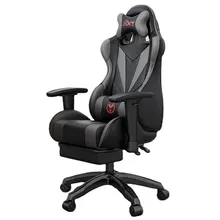





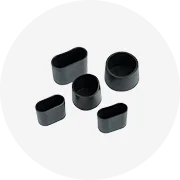
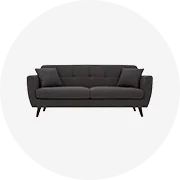
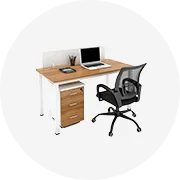

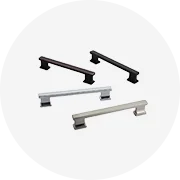


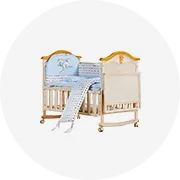








 浙公网安备 33010002000092号
浙公网安备 33010002000092号 浙B2-20120091-4
浙B2-20120091-4